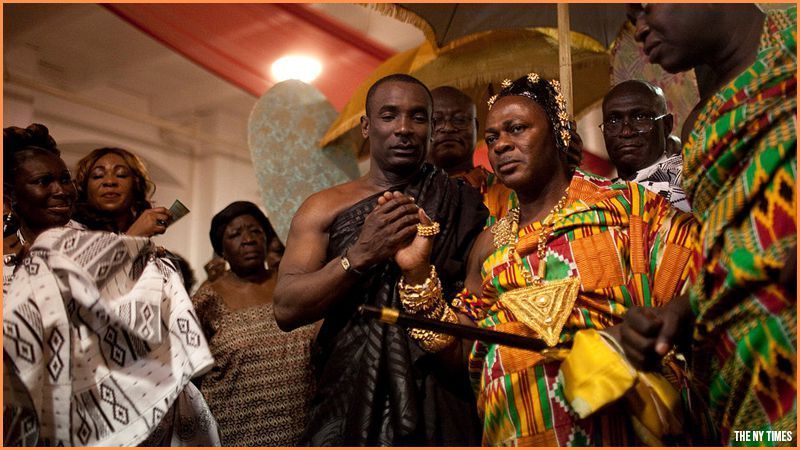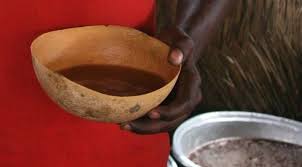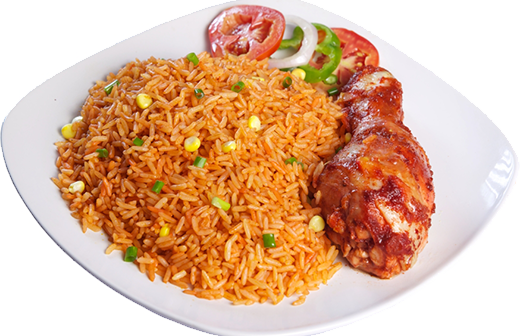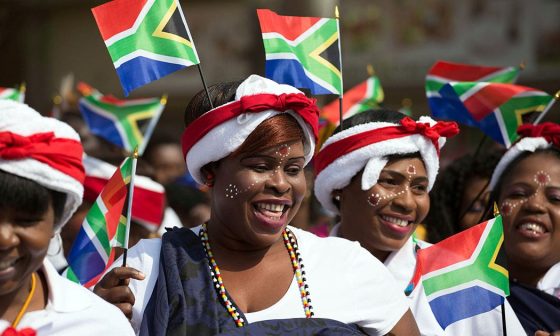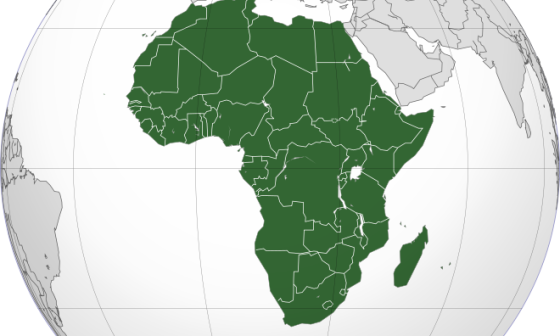Africa, the second-largest continent on Earth, is a melting pot of diverse cultures, languages, and traditions. It comprises some of the wonders of the world, including large ethnic groups.
Its rich tapestry of ethnic groups contributes to the continent’s vibrant heritage. With over 2,000 distinct ethnic groups spread across its vast lands, Africa boasts an incredible diversity that captivates the imagination. In this article, we embark on a fascinating journey to explore the 40 largest ethnic groups in Africa, shedding light on their unique characteristics, traditions, and contributions to the continent’s cultural mosaic.
- Hausa: With an estimated population of over 80 million, the Hausa people primarily reside in Nigeria and Niger. Known for their agricultural skills and vibrant textiles, they have a rich history dating back centuries.
- Yoruba: The Yoruba people, numbering around 45 million, are based in Nigeria, Benin, and Togo. Their cultural heritage is steeped in vibrant art, music, and traditional religions such as Ifa.
- Amhara: The Amhara, an ancient Semitic-speaking people, are the second-largest ethnic group in Ethiopia, with a population of over 30 million. They have made significant contributions to Ethiopian history, literature, and politics.
- Oromo: The Oromo people, hailing from Ethiopia, Kenya, and Somalia, are the largest ethnic group in Ethiopia. Their language, Oromiffa, is one of Africa’s most widely spoken languages.
- Igbo: With a population exceeding 40 million, the Igbo people of Nigeria have a rich cultural heritage. Known for their entrepreneurship, Igbo individuals have made significant contributions to various fields.
- Zulu: The Zulu people, concentrated in South Africa, are one of the largest ethnic groups in the country, with a population of over 12 million. Known for their vibrant cultural practices and warrior traditions, they played a pivotal role in South Africa’s history.
- Somali: The Somali people, residing primarily in Somalia, Djibouti, Ethiopia, and Kenya, boast a population of around 18 million. Renowned for their nomadic lifestyle and strong sense of community, Somalis have a rich oral tradition and unique cultural practices.
- Berber: Spread across North Africa, particularly in Morocco, Algeria, Tunisia, and Libya, the Berber people have a population of approximately 45 million. They possess a distinct language and a heritage deeply rooted in North Africa’s ancient history.
- Oromo: The Oromo people, hailing from Ethiopia, Kenya, and Somalia, are the largest ethnic group in Ethiopia. Their language, Oromiffa, is one of Africa’s most widely spoken languages.
- Ijaw: The Ijaw people are the fourth-largest ethnic group in Nigeria, with a population of over 15 million. Predominantly residing in the Niger Delta region, they have a rich cultural heritage and are known for their maritime traditions.

- Amazigh: The Amazigh, also known as the “Free People,” are the indigenous inhabitants of the Atlas Mountains and Sahara Desert in North Africa. With a population of around 35 million, they have a distinct language and cultural practices.
- Mandinka: The Mandinka people, concentrated in West Africa, particularly in Gambia, Senegal, Guinea, and Mali, have a population of approximately 11 million. Renowned for their oral history and skilled craftsmanship, they have left an indelible mark on the region’s culture.
- Kikuyu: The Kikuyu people, the largest ethnic group in Kenya, have a population of over 8 million. Known for their agricultural practices and entrepreneurial spirit, they have played a crucial role in Kenya’s economic and political landscape.
- Fang: The Fang people, residing primarily in Equatorial Guinea, Gabon, and Cameroon, boast a population of around 10 million. Famous for their intricate wood carvings and vibrant mask traditions, the Fang have a unique cultural identity.
- Luba: The Luba people, concentrated in the Democratic Republic of Congo, have a population of over 10 million. They are known for their elaborate chieftaincy system, intricate sculptures, and oral traditions.
- Ashanti: The Ashanti people of Ghana, with a population of approximately 12 million, have a rich history dating back centuries. Known for their gold craftsmanship and vibrant Kente cloth, they possess a strong cultural identity.
- Bambara: The Bambara people, residing primarily in Mali and Guinea, have a population of over 10 million. Renowned for their artistic traditions, including mask making and pottery, they have contributed significantly to West African culture.
- Wolof: The Wolof people, concentrated in Senegal, The Gambia, and Mauritania, boast a population of around 10 million. Known for their vibrant music, dance, and oral traditions, they have shaped the cultural landscape of West Africa.
- Tigray: The Tigray people, hailing from Ethiopia and Eritrea, have a population of over 8 million. They have a rich historical heritage, known for their ancient rock-hewn churches and agricultural practices.
- Hutu: The Hutu people, the largest ethnic group in Rwanda and Burundi, have a population of over 10 million. While tragically associated with the Rwandan genocide, the Hutu have a complex history and cultural heritage.

- Tuareg: The Tuareg people, known as the “Blue People” due to their indigo-dyed garments, primarily inhabit the Sahara Desert across countries such as Niger, Mali, Algeria, Libya, and Burkina Faso. With a population of approximately 4 million, they have a unique nomadic lifestyle.
- Shona: The Shona people, concentrated in Zimbabwe and Mozambique, boast a population of over 10 million. Known for their stone sculptures and intricate beadwork, they have a rich cultural heritage.
- Sotho: The Sotho people, residing in Lesotho and South Africa, have a population of approximately 7 million. Famous for their vibrant traditional attire and unique musical styles, the Sotho culture is deeply rooted in the region.
- Kongo: The Kongo people, spread across the Democratic Republic of Congo, Angola, and Republic of Congo, have a population of over 10 million. They are renowned for their intricate wood carvings, spiritual practices, and oral traditions.
- Xhosa: The Xhosa people, concentrated in South Africa, particularly in the Eastern Cape Province, have a population of approximately 8 million. Known for their distinctive click language and rich cultural traditions, the Xhosa are an integral part of South Africa’s history.
- Nuer: The Nuer people, residing primarily in South Sudan and Ethiopia, boast a population of over 2 million. Known for their cattle herding traditions and vibrant beadwork, they have a unique cultural identity.
- Tutsi: The Tutsi people, primarily based in Rwanda, Burundi, and Uganda, have a population of around 8 million. Historically associated with the Rwandan genocide, the Tutsi possess a rich cultural heritage and resilient spirit.
- Akan: The Akan people, concentrated in Ghana and Ivory Coast, have a population of over 20 million. Renowned for their intricate gold craftsmanship, vibrant Kente cloth, and adinkra symbols, they have contributed significantly to West African culture.
- Ga-Adangbe: The Ga-Adangbe people, residing in Ghana, have a population of approximately 2 million. Known for their vibrant festivals, traditional architecture, and indigenous religions, they have a unique cultural identity.
- Kamba: The Kamba people, hailing from Kenya, have a population of over 4 million. Known for their skilled craftsmanship, particularly in wood carving, the Kamba have a vibrant cultural heritage.
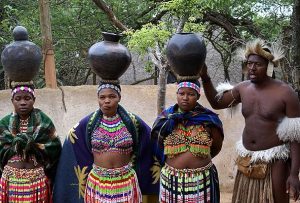
- Ibibio: The Ibibio people, concentrated in Nigeria, have a population of approximately 5 million. Renowned for their Ekpe secret society, colorful masquerades, and intricate beadwork, they possess a unique cultural identity.
- Balanta: The Balanta people, residing primarily in Guinea-Bissau, have a population of over 1 million. Known for their vibrant traditional dances, pottery, and agricultural practices, they play a significant role in West African culture.
- Kongo: The Kongo people, spread across the Democratic Republic of Congo, Angola, and Republic of Congo, have a population of over 10 million. They are renowned for their intricate wood carvings, spiritual practices, and oral traditions.
- Luhya: The Luhya people, the second-largest ethnic group in Kenya, have a population of approximately 6 million. Known for their vibrant traditional music and dance, the Luhya have a diverse cultural heritage.
- Mossi: The Mossi people, concentrated in Burkina Faso, have a population of over 6 million. Renowned for their ancient kingdoms and unique architecture, they have a strong cultural identity.
- Ndebele: The Ndebele people, residing primarily in South Africa and Zimbabwe, boast a population of approximately 3 million. Famous for their colorful geometric art, beadwork, and mural painting, the Ndebele possess a unique visual culture.
- Bakongo: The Bakongo people, spread across Angola, Republic of Congo, Democratic Republic of Congo, and Gabon, have a population of over 10 million. Known for their vibrant music, dance, and ancestral worship, they have a strong cultural heritage.
- Samburu: The Samburu people, hailing from Kenya, have a population of approximately 200,000. Renowned for their pastoralist traditions and distinctive beadwork, they have a unique cultural identity within the region.
- Fula: The Fula people, also known as Fulani, are spread across West Africa, particularly in countries such as Guinea, Senegal, Nigeria, Mali, and Niger. With a population of over 20 million, they are known for their nomadic herding traditions and vibrant music.
- Tonga: The Tonga people, concentrated in Zambia, Zimbabwe, and Mozambique, have a population of approximately 2 million. Renowned for their rich musical heritage, traditional fishing techniques, and pottery, they possess a unique cultural identity.
Africa’s 40 largest ethnic groups offer a glimpse into the continent’s incredible cultural diversity and heritage. From the Hausa in Nigeria to the Tonga in South Eastern Africa, each ethnic group brings its unique traditions, languages, art forms, and contributions to the African mosaic. Exploring these diverse communities reveals the richness of Africa’s cultural tapestry and serves as a reminder of the continent’s collective strength and resilience. As we celebrate the diversity of Africa’s people, let us embrace and appreciate the unique stories, traditions, and legacies they carry forward.
